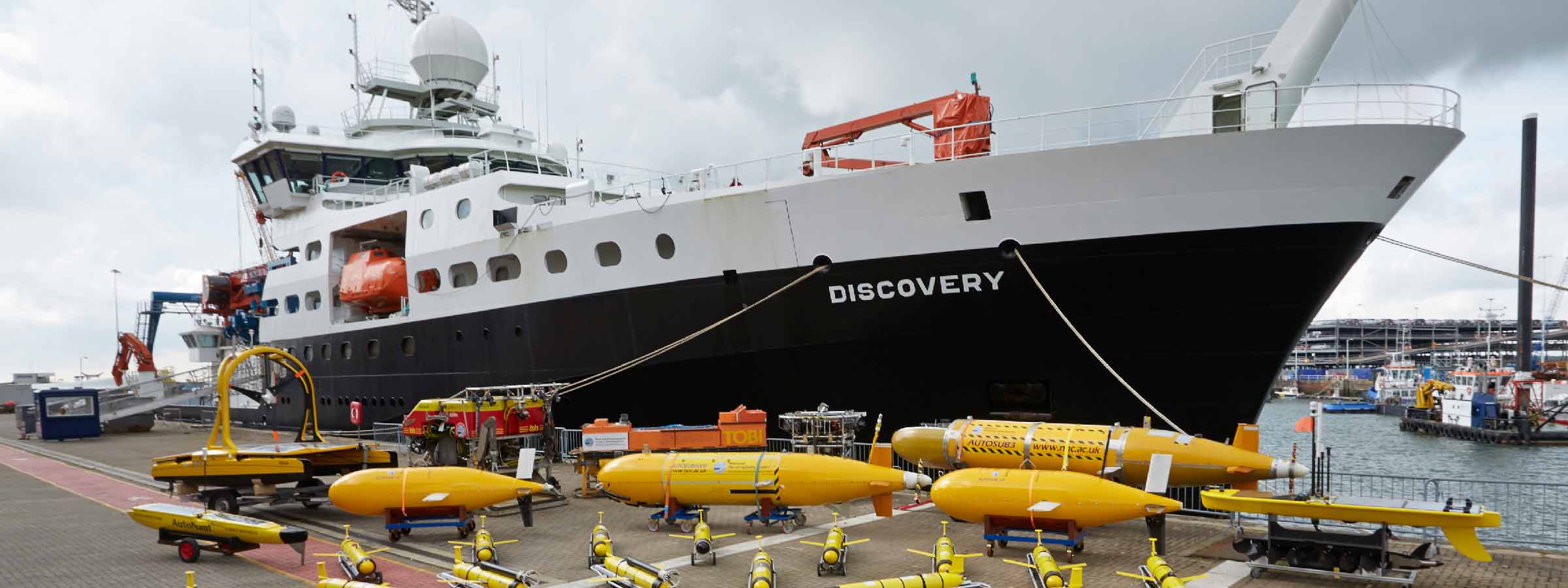Blog written by: Ioseba Tena, Global Business Manager – Marine Robotic Systems, Sonardyne International Ltd.
The performance of marine robotic systems is directly linked to how well they are able to sense their environment and process the sensed data. Can they find their way? Can they make sense of their surrounding? It’s all down to the payload instruments. Our integrated, highly accurate instruments add both value and capability, and in this blog I will explain how.
Navigation instruments
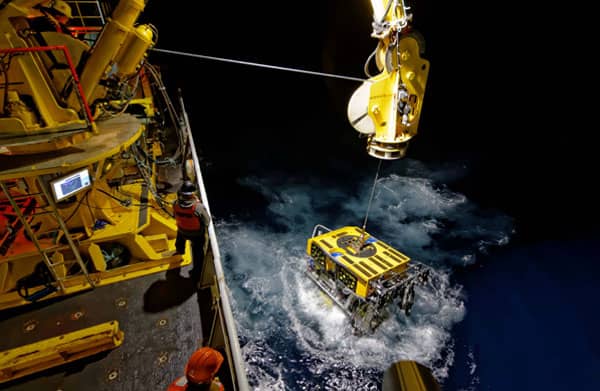 Subsea inertial navigation instruments and capability have evolved a lot over the last two decades. Once typically the reserve of high-end government contracts, the technology has become more readily available and has resulted in the production of a new generation of cost-effective instruments that are transforming the way in which marine robots interface with the subsea environment.
Subsea inertial navigation instruments and capability have evolved a lot over the last two decades. Once typically the reserve of high-end government contracts, the technology has become more readily available and has resulted in the production of a new generation of cost-effective instruments that are transforming the way in which marine robots interface with the subsea environment.
It has been far from easy. The building blocks required to achieve the accuracy needed to satisfy survey-grade operations has taken us a decade to realise.
One of our major navigation building blocks is a Honeywell Ring Laser Gyro (RLG). This instrument is capable of measuring changes in rotation along its axis with incredible accuracy. It has become the standard navigation gyroscope in almost all commercial aircraft and a wide range of land, air and sea applications. It’s reliable also – demonstrating Mean Times Between Failures (MTBF) in excess of 400,000 hours. With over 100,000 gyros in circulation, it is the world’s leading go-to technology.
An RLG by itself is great, but not sufficient to navigate by. We need to be able to estimate our position and heading and there’s three distinct steps to this. Step one – develop an Inertial Motion Unit (IMU) capable of providing true North heading measurements. In other words an Attitude Heading Reference System. Step two – develop onboard processing which turns raw IMU data into an Inertial Navigation System (INS) capable of generating position and heading estimates. Finally step 3 – aid the INS with complimentary instruments such as a Doppler Velocity Log (DVL). The result of these steps? Lodestar, SPRINT and Syrinx.
Lodestar – Attitude Heading Reference System
By mounting three gyros orthogonally together with three accelerometers, in a strap-down gyro configuration, our Lodestar is able to find true North. The maths is simple to understand; input the Latitude from a GPS signal and we know what the rotation of the Earth is at any one point in the globe. The strap-down gyro measures gravity. The rotation of the Earth is perpendicular to that. North in turn is also perpendicular to that rotation. The beauty of an RLG is that it is accurate enough to measure the Earth’s rotation, the vital ingredient to solve the equation.
However, alignment of the AHRS is a difficult challenge requiring generous amounts of number crunching. Lodestar does that number crunching in the background when the system is started and finds North in under 10 minutes once the system is configured. It won’t lose North either as long as it is switched on.
SPRINT – Inertial Navigation System
The algorithms for INS are capable of taking the outputs from the IMU and estimating a position and heading. This is done by keeping accurate estimates of the errors inherent on the sensors and using these error calculations to correct the position and heading estimate calculated by integrating the accelerometer and gyro measurements. Every Lodestar can be turned into a SPRINT with a simple firmware update – the hardware is common to both platforms. The trick with INS is to use aiding sensors to accurately estimate the errors in the instruments. This is a very complex challenge and one that we have focussed heavily on solving. In 2015, we introduced our Syrinx DVL and it changed the game.
Syrinx – Doppler Velocity Log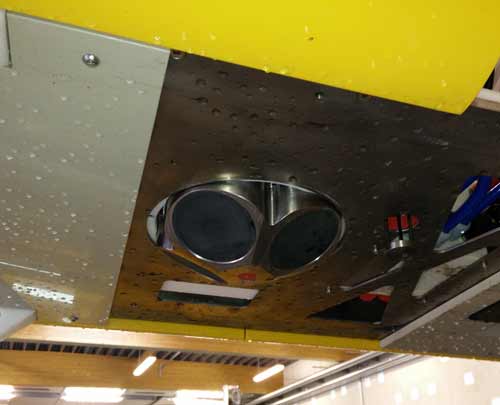
Syrinx calculates the Doppler shift generated by four beams of sound as they reflect from the seafloor to calculate the robot’s velocity relative to it. This velocity estimate can be integrated over time to generate an estimate of the robot’s position. Syrinx by itself can be used as an input to a control system enabling automatic station keeping, but as an aiding sensor to SPRINT, it is used to generate accurate error estimates for the instruments used to compute the navigation solution. SPRINT actually uses each of the DVL beams as individual aiding sources which helps improve the overall accuracy and integrity of the system and improves results in challenging seafloor environments.
SPRINT-Nav – Combined INS and DVL
SPRINT-Nav is a single instrument, housing an IMU, an AHRS computer, an INS navigation computer, a DVL and a high-accuracy pressure sensor. It’s the easiest way to integrate survey ready navigation into your robotic platform. Multiple connectors enable multiple outputs. This means your robot can feed inputs directly to its control system and your payload can also be served through a different output. It is also capable of receiving aiding from other sensors.
A combined instrument reduces your power requirements, simplifies integration and provides class-leading performance as good as a fraction of a metre over many kilometres travelled. As the SPRINT and Syrinx are permanently aligned, there’s no need to constantly align the DVL. Operating SPRINT-Nav is simple. Switch the unit on, wait 10 minutes to find North and that’s it. The INS navigation computer is initialised with the AHRS estimates automatically.
SPRINT-Nav, aided with updates from Ultra-Short BaseLine (USBL) instruments, can be used to map the seabed to a level of accuracy suitable for most survey jobs. In combination with our AvTrak 6 family (see next page), your AUVs can navigate and communicate with the mothership regularly and reliably.
Payload Instruments
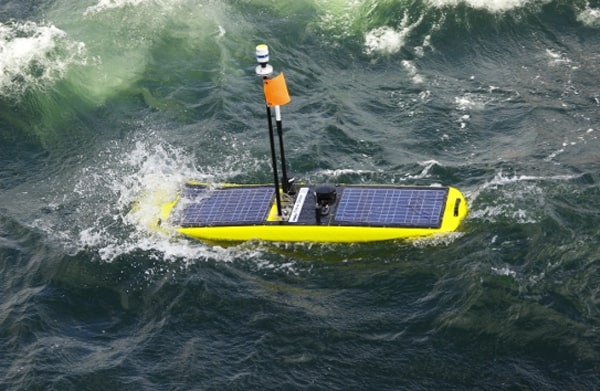 Once you know where your robot is, the next challenge is to understand its environment. We offer two ways to help; sonar imaging to let your vehicle see what’s around it and wireless modems to let it communicate.
Once you know where your robot is, the next challenge is to understand its environment. We offer two ways to help; sonar imaging to let your vehicle see what’s around it and wireless modems to let it communicate.
Solstice – High resolution sonar
Solstice is a Multi Aperture Sonar (MAS) where the multi-beam input from 32 elements is dynamically focussed to ensure pixel perfect imaging across the 200 metre swath. Its compact design is suitable for low logistic platforms. By using multiple apertures, the data is massively enhanced and the Signal-to-Noise Ratio (SNR) is improved. The process generates narrow along-track beams and at 18 watts, it places very little drain on your power budget. This means that Solstice users can generate ultra-high resolution pictures of the environment suitable for Hydrography and Mine Counter-Measures (MCM) persistently.
BlueComm – Optical modem
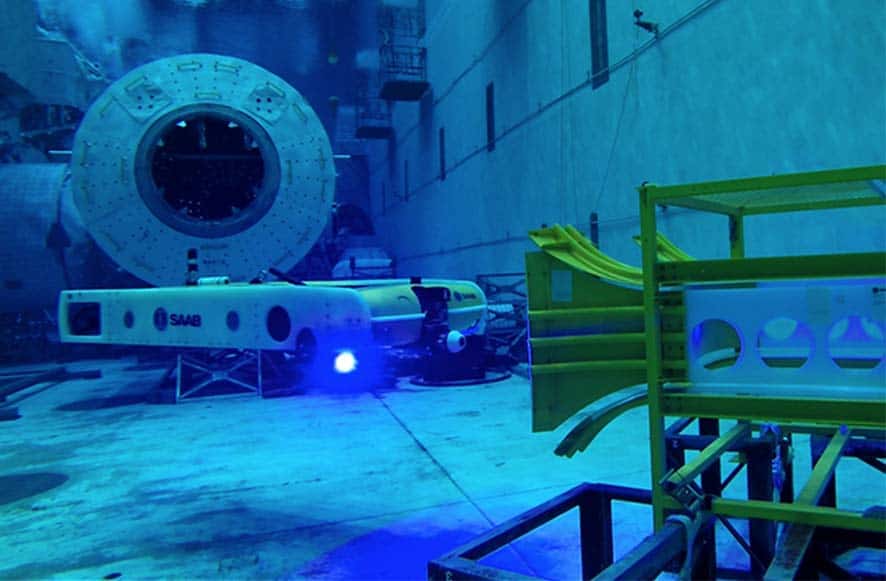 Robust, low bandwidth communications over long distances using acoustics is available through our 6G family of products. But what happens when you need to share large volumes of data?
Robust, low bandwidth communications over long distances using acoustics is available through our 6G family of products. But what happens when you need to share large volumes of data?
Historically, you’ve extracted on the surface and sent it back to base to analyse, but BlueComm changes all that. Using the power of the EM spectrum, BlueComm modems can pass incredible volumes of data over hundreds of metres to one another. This means that an AUV or an ROV flies through a field full of data logging instruments and harvests their data quickly and efficiently. BlueComm is now being used by AUV manufacturers to mount onto docking stations. It is also being used to enable communications with sensors permanently deployed on subsea fields. It’s transforming the way we think about the subsea environment. Now every subsea asset can be made a ‘connected’ subsea asset all the way back to your office.
Under pressure and out of sight
If you’re in the marine robotics domain then you already know how challenging the subsea environment is. Your robots face a constant onslaught from waves and currents. Marine growth can accumulate on actuators and sensors. Tremendous pressure with depth of water requires robust housings and water-tight seals. Simple tasks that we carry out on land when carried out subsea become true engineering feats.
We have engineered solutions to meet your every need. 45 years of experience has taught us which materials to use, how to house the sensors and actuators and how to use the environment to our advantage. Our integrated instruments reduce your risk, save you time and let you get on with the job in hand.
One size doesn’t fit all
Marine robotic systems have evolved to meet the challenging ocean conditions and this has resulted in the development of systems that range from the small one-man portable vehicles to the very large platforms intended to replace ships. By engaging with leading manufacturers, we’ve now developed a range of Original Equipment Manufacturer (OEM) solutions that can be easily integrated to your robot’s own pressure housing. The OEM range enables manufacturers the flexibility to integrate our class-leading solutions and make the most effective use of the space. And our engineering services, testing, trialling and training services are here to assist you every step of the way.
